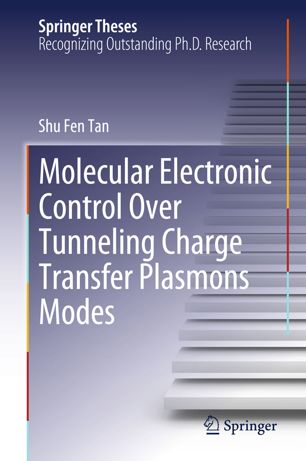

Most ebook files are in PDF format, so you can easily read them using various software such as Foxit Reader or directly on the Google Chrome browser.
Some ebook files are released by publishers in other formats such as .awz, .mobi, .epub, .fb2, etc. You may need to install specific software to read these formats on mobile/PC, such as Calibre.
Please read the tutorial at this link: https://ebookbell.com/faq
We offer FREE conversion to the popular formats you request; however, this may take some time. Therefore, right after payment, please email us, and we will try to provide the service as quickly as possible.
For some exceptional file formats or broken links (if any), please refrain from opening any disputes. Instead, email us first, and we will try to assist within a maximum of 6 hours.
EbookBell Team

0.0
0 reviewsThis thesis describes the controlled immobilization of molecules between two cuboidal metal nanoparticles by means of a self-assembly method to control the quantum plasmon resonances. It demonstrates that quantum-plasmonics is possible at length scales that are useful for real applications. Light can interact with certain metals and can be captured in the form of plasmons, which are collective, ultra-fast oscillations of electrons that can be manipulated at the nano-scale. Surface plasmons are considered as a promising phenomenon for potentially bridging the gap between fast-operating-speed optics and nano-scale electronics. Quantum tunneling has been predicted to occur across two closely separated plasmonic resonators at length scales (<0.3 nm) that are not accessible using present-day nanofabrication techniques.
Unlike top-down nanofabrication, the molecules between the closely-spaced metal nanoparticles could control the gap sizes down to sub-nanometer scales and act as the frequency controllers in the terahertz regime, providing a new control parameter in the fabrication of electrical circuits facilitated by quantum plasmon tunneling.